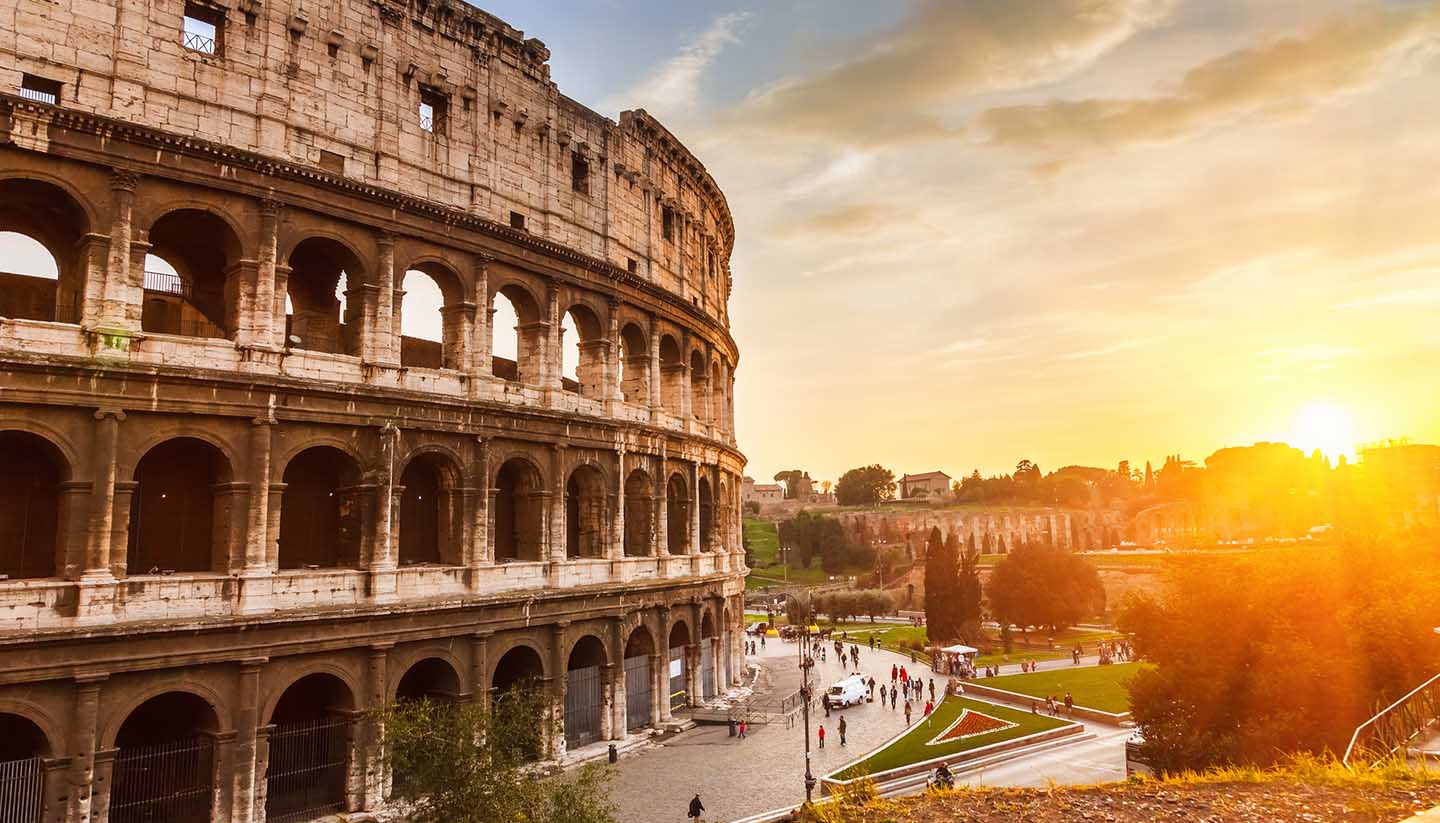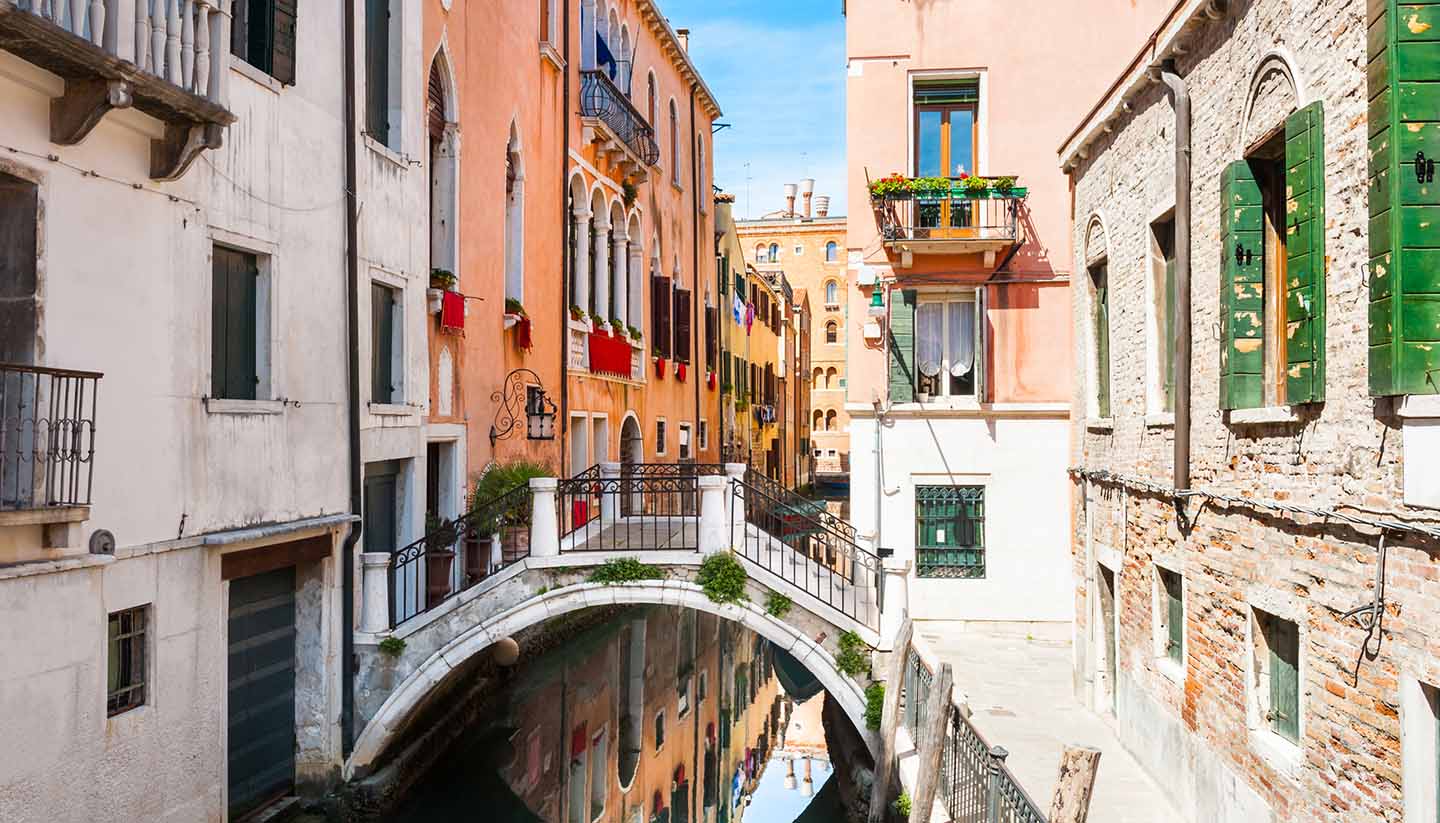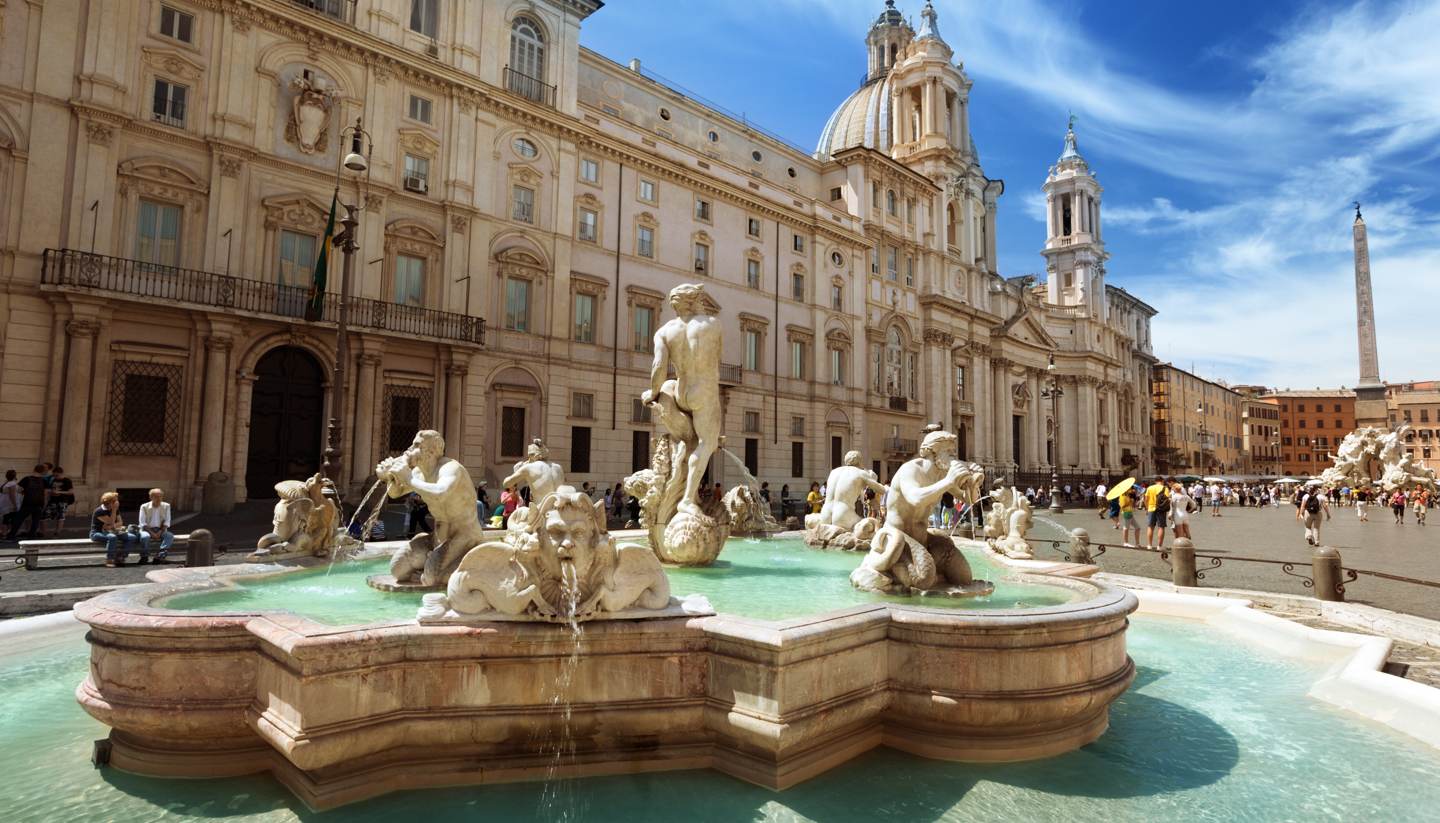Italy Shopping and nightlife
Shopping in Italy
Many Italian products, especially clothes, shoes and bags, are world-famous for their style and quality. Florence, Milan and Rome are important fashion centres. Some places are known for particular products, such as Carrara in Tuscany for marble or Venice for Murano glass. Como is still famous as a centre of silk production and printing, and Cremona in Lombardy is famous for its handmade violins.
In contrast to other industrialised countries Italy’s artisans have preserved their heritage crafts and skills in small family-run businesses. The Brianza district north of Milan provides designers in the fashion capital with a highly skilled technical workforce, while huge trade event venues such as Triennale in Milan and Fiera Roma give small-scale manufacturers access to a global marketplace.
Although big brands like Alessi lure shoppers with design classics, the real pleasure is in visiting artisan studios where you can often watch ancient techniques still in practise. In Venice seek out paper marblers and glassblowers, in Milan milliners, in Padua cobblers, in Florence goldsmiths and leatherworkers, in Sardinia knife forgers and in Sicily ceramicists. In a world of cookie-cutter designs, you can be sure that your artisanal Italian purchase won’t be matched back home.
Shopping Note
In most tourist towns in Italy you’ll see street vendors hawking designer knockoffs, anything from sunglasses to handbags. This kind of street selling is illegal all over Italy and it could land you with a hefty fine. Products made in Italy should bear the ‘Made in Italy’ label; likewise specialist products like Murano glass often also bear labels of authenticity. Coral jewellery is popular in southern Italy; shop responsibly and only buy it from reputable dealers who take their stock from legal harvests.
Shopping hours
Mon-Sat 0830-1230 and 1530-1930, with some variations in northern Italy where the lunch break is shorter and the shops close earlier. Department stores stay open throughout the day.
Nightlife in Italy
Italy has a rich and diverse nightlife. Youthful university cities such as Milan, Padua, Bologna, Rome, Naples and Catania enjoy a raucous late-night scene with bars kicking off around 2100 and clubs staying open until the early hours of the morning. Many clubs operate within cities during the winter months and decamp to the nearest beach resorts during summer, hence the huge summer scene in Rimini and Grado.
Given Italy’s huge cultural legacy, live music in all its forms (classical, jazz, rock, indie, folk and techno) is a regular feature of the calendar with open-air concerts hosted in most major cities and tourist hotspots such as Rome, Verona, Venice, Bologna, Florence and Naples. In Rome, open-air concerts in summer are organised by the Academy of St Cecilia and the Opera House, while there is open-air theatre at the Baths of Caracalla. World-renowned opera houses are La Scala in Milan, La Fenice in Venice, Teatro San Carlo in Naples and Teatro Massimo in Palermo.
In summer, outdoor seating is a given at most restaurants and bars with happy hour (aperitivo) kicking off around 1800 and, in cities such as Milan, continuing as late as 2100. During this period you can expect your drinks to come accompanied by free snacks, some of which run to elaborate, all-you-can-eat buffets. In counterpoint, up in the mountains, there’s a lively après-ski culture.





